

An evening session for designing and making Christmas wreaths brought a festive spirit to a community pop-up event at the Chipping Work Shop in Barnet High Street.


An evening session for designing and making Christmas wreaths brought a festive spirit to a community pop-up event at the Chipping Work Shop in Barnet High Street.
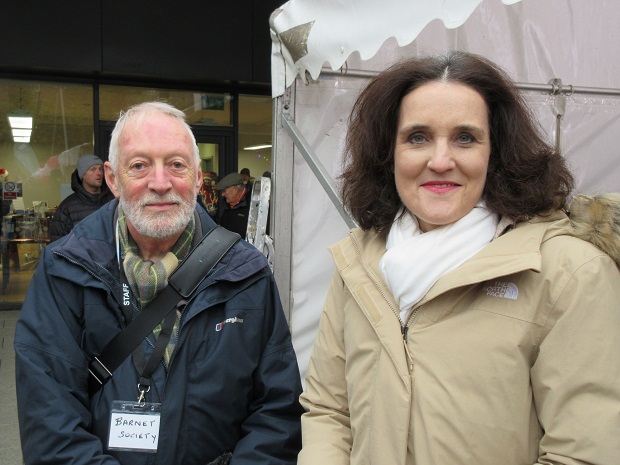

Local authorities will have greater freedom about implementing government housing targets following a Conservative revolt in the House of Commons led by the Chipping Barnet MP Theresa Villiers.
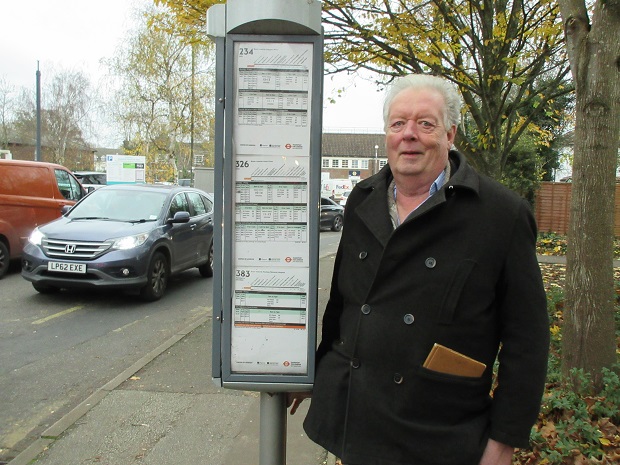

Barry Rawlings, Labour leader of Barnet Council, is increasingly hopeful of a breakthrough in the campaign to the get the restoration of the 84-bus service between Barnet and Potters Bar.
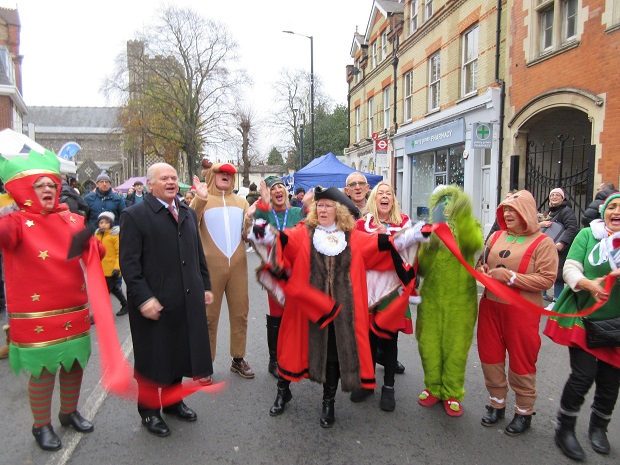

Despite a cold, grey day the Mayor of Barnet Councillor Alison Moore got the annual Barnet Christmas Fayre off to a flying start by cutting the ribbon in the middle of the High Street.
Continue reading Barnet’s Christmas Fayre “bigger and better” than ever says Mayor of Barnet
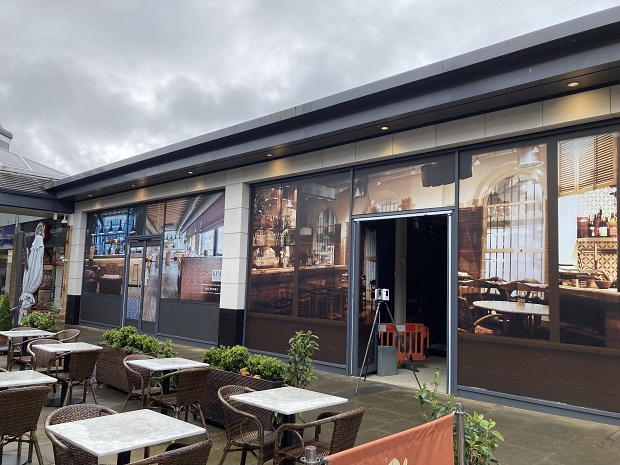

Two vacant retail unts in The Spires, Barnet, are to be taken over as the site for one of the revamped Poundland stores which are being opened in shopping malls and town centres across the country.
Continue reading New Year opening for new Poundland store in The Spires shopping centre, Barnet


Four key roads serving High Barnet — which are just within the borough boundary — have been excluded from the new vehicle emissions zone for the whole of Greater London.


A children’s competition which is being organised with the help of shops along the High Street is part of the promotional build-up for this year’s Barnet Christmas Fayre on Sunday 4 December.
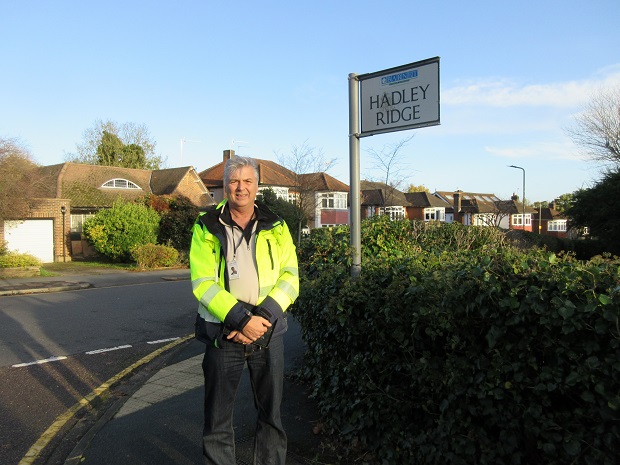

Householders in roads in Mill Hill, Arkley, High Barnet, and Hadley Wood are being offered a free connection if they sign up to a Swedish company which is installing a new fibre broadband service.
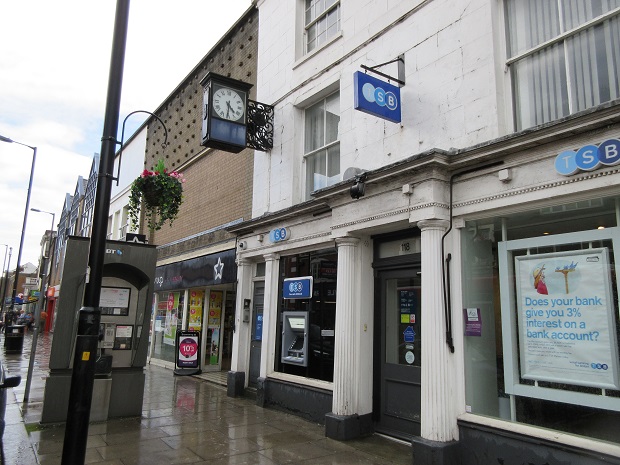

Planning approval has been refused for opening an adult gaming centre in the former TSB bank building on Barnet High Street.
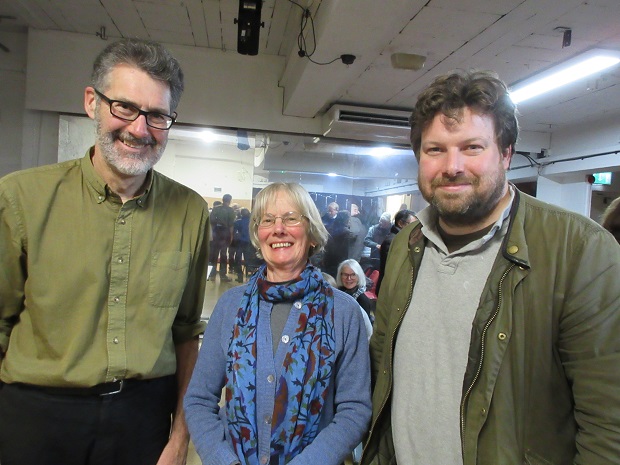

A one-woman road safety campaign to persuade Barnet Council to consider introducing 20 mph speed limits on all residential roads in the borough was going nowhere until the issue was raised at a Living Streets event organised by the Barnet Society.
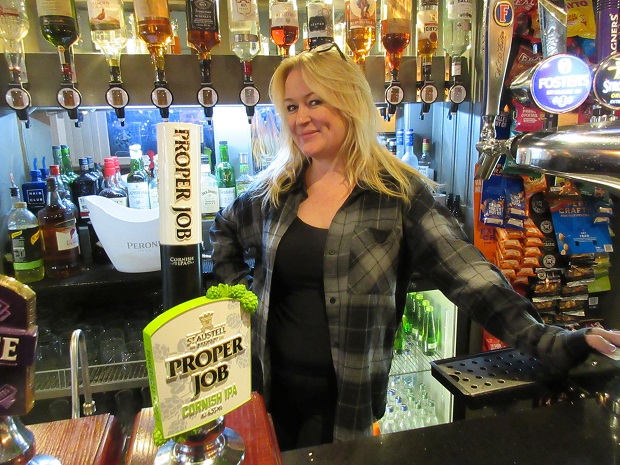

With public houses said to be closing at the rate of one a day across the country, licensed premises along Barnet High Street are doing what they can to buck the trend, each with a distinctive offer to potential customers.


As more of Barnet Council’s services are withdrawn from outsourcing contractors Capita, New Barnet community activist John Dix feels increasingly vindicated that his “sniff test” was correct: that the Capita deal was a costly mistake for the council taxpayers of Barnet.
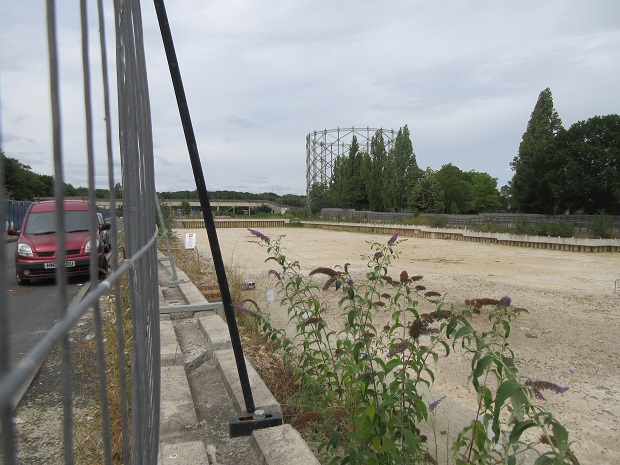

An application to build 13 blocks of flats on the former gas works site in New Barnet has ended in another embarrassing defeat.
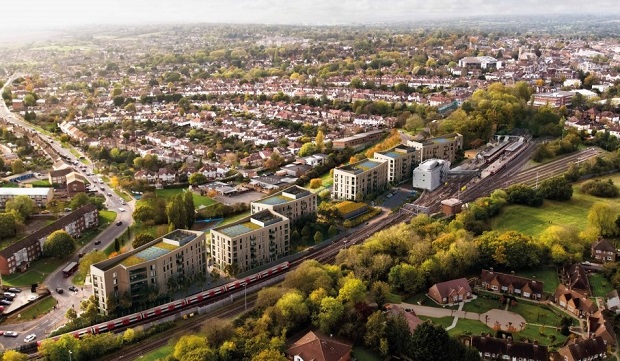

Theresa Villiers blames government house building targets for putting pressure on local councils to accept “entirely inappropriate” high-rise developments in suburban neighbourhoods like Barnet.
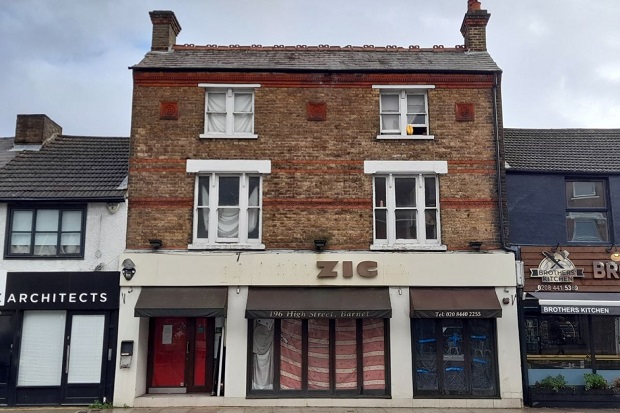

Squatters who have taken over a former restaurant in Barnet High Street might soon be having to contend with a new owner of the property. The three-storey building is in the process of being sold with a guide price of £875,000.
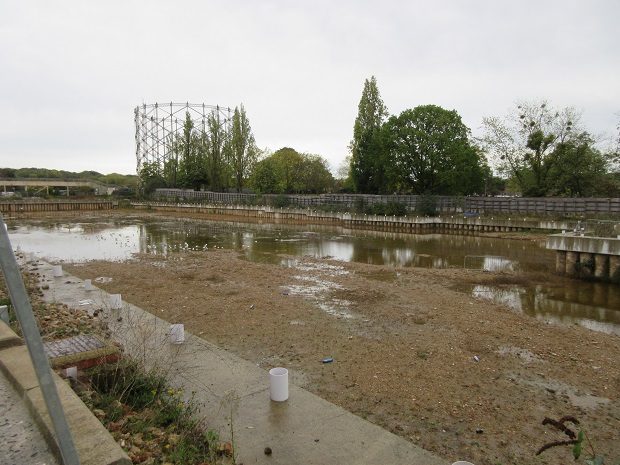

A fourteen-year dispute about redeveloping the former gas works site in New Barnet is about to kick off again in the High Court when housebuilders Citystyle Fairview will try to overturn the decision of a planning inspector.
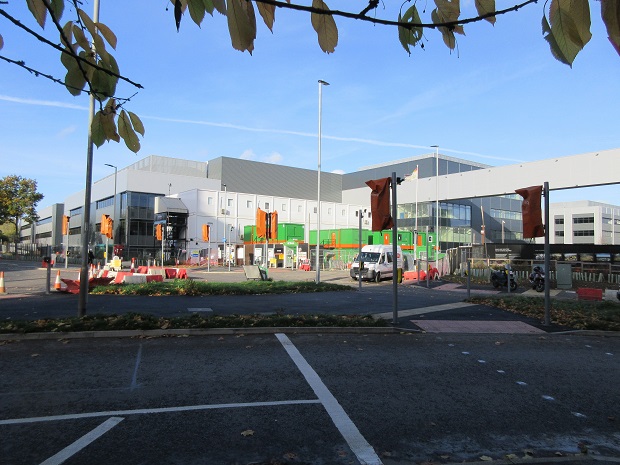

There has been widespread support from within the film and television industry for a planning application to almost double the size of the Sky Studios Elstree complex which is currently nearing completion at Borehamwood.
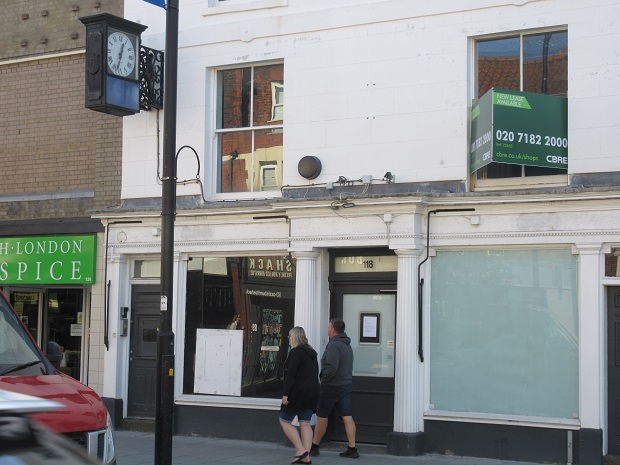

A bingo premises licence has been approved for a former bank building in Barnet — but the key decision has yet to be taken on whether Barnet Council will give planning permission for an adult gaming centre in the High Street.
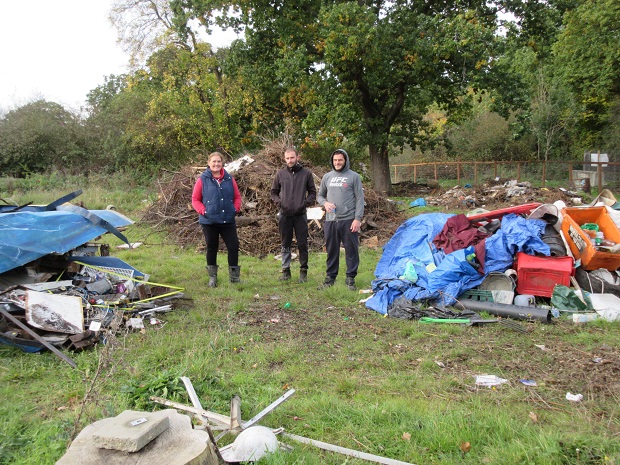

Clearing years of accumulated rubbish and litter from derelict farmland off Mays Lane, Barnet, is another step towards establishing a new equine therapy centre for troubled youngsters.
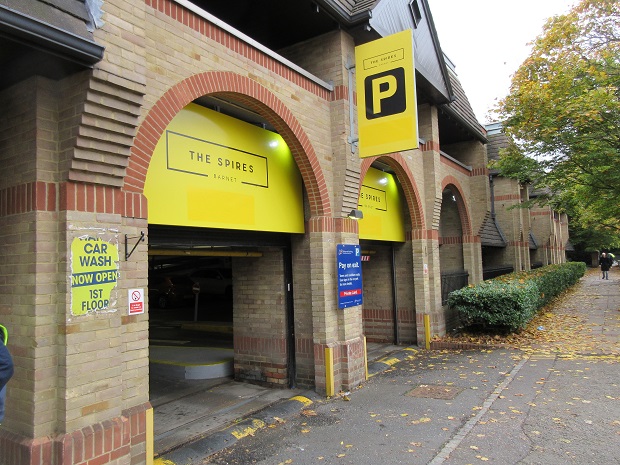

Britannia Parking has taken over from NCP as the operator of the multi-storey car park at The Spires shopping centre in High Barnet.
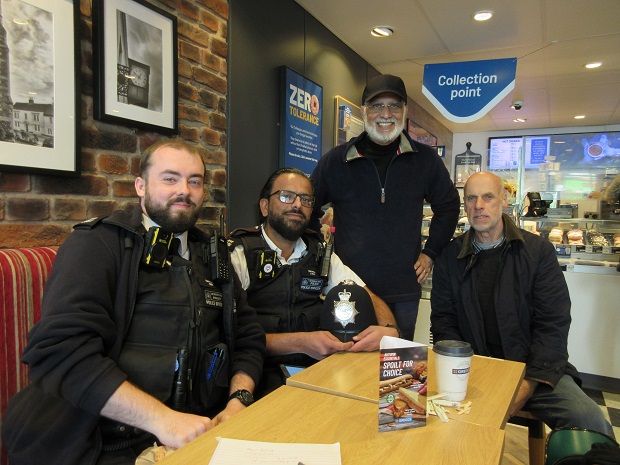

After violent incidents on two successive Saturday afternoons — an imitation firearm was brandished in the High Street and a stabbing in the nearby recreation ground — there could hardly have been a more opportune moment for some reassuring words from High Barnet’s Safer Neighbourhood Team.
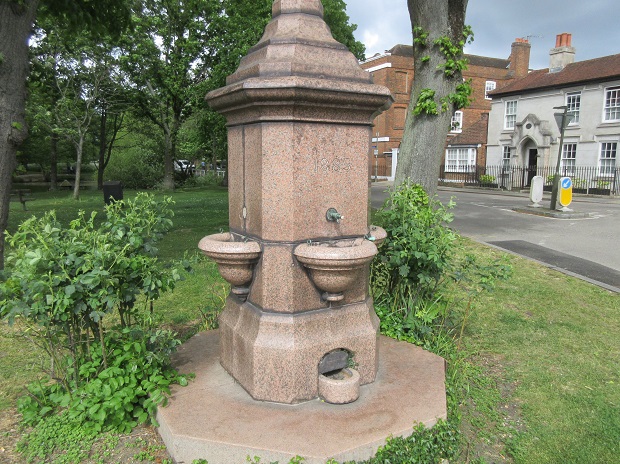

A crowdfunding campaign has been started to help meet extra expenditure involved in plans to restore Hadley Green’s pink marble drinking fountain which has been out of order for the last 50 years.
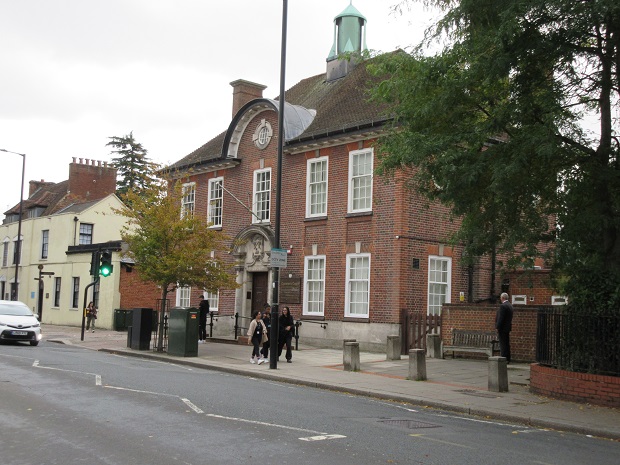

Barnet’s former town hall, which is now the North London Coroner’s Court, has been a backdrop for television news reports and press photographs that have gone round the world.
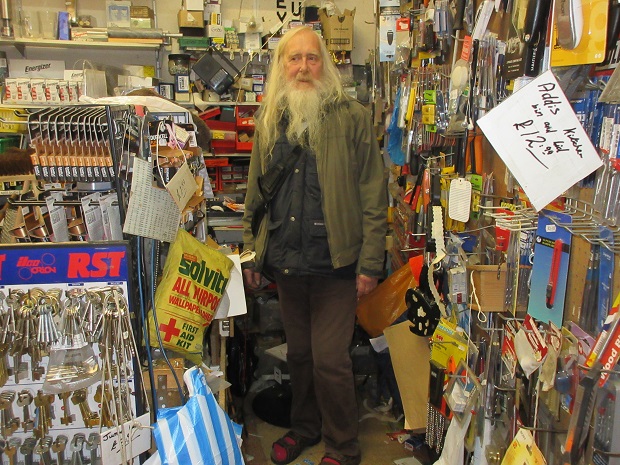

Julian Stewart, the longest serving independent trader in Barnet High Street, is about to retire after 43 years in business.
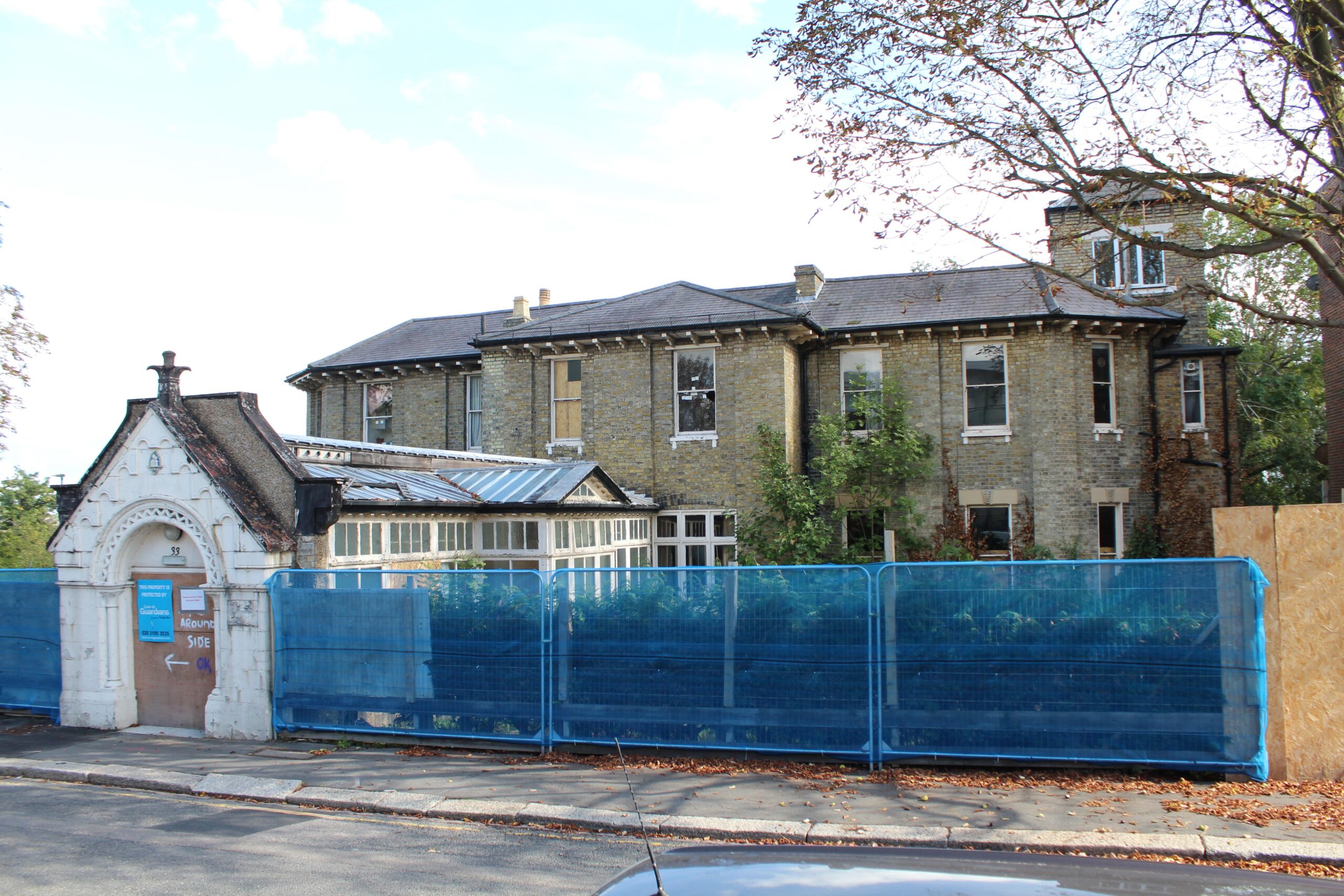

Following the dismissal of an appeal to demolish 33 Lyonsdown Road and replace it with 20 flats, we thought its future would be safe – but we were wrong. It’s scheduled for demolition on 1 October 2022. Since 2017, we’ve campaigned to save this beautiful Victorian villa, and in 2020 succeeded in getting it added to Barnet’s Local Heritage List.
Yet due to a bizarre loophole in planning law, Abbeytown Ltd, the property development arm of Martyn Gerrard estate agents, was able to apply to demolish the building without any proposal to replace it.
We sought urgent advice from a solicitor specialising in historic buildings to help formulate a detailed objection. Sadly, the planners took a different view of the case and on 22 June approved the applications.
How could this demolition be allowed?
At present, No.33 is on Barnet’s Local List, which is the lowest tier of designation for historic buildings. We’ve twice applied to Historic England for it to be added to the National List, without success.
Unfortunately, unless locally listed buildings are in conservation areas, they’re not immune to Permitted Development Rights, which have been greatly expanded by the government in recent years and do not require full planning applications. The shocking decision to allow the demolition of 33 Lyonsdown Road was made, Barnet Council has admitted, ‘by default’. It was not taken on the merits of the case, nor was it referred to the Planning Committee; nor were Councillors informed.
Local residents and national conservation bodies including The Victorian Society and SAVE Britain’s Heritage are horrified that the Council is allowing demolition of one of the finest buildings in New Barnet. The case has featured twice in Private Eye.
The situation is also an embarrassment to Barnet’s new Labour Council. For it to lose a building on the Local List, with the needless release of embodied carbon that demolition would cause, soon after it declared a climate emergency is not the start it would have wanted.
Events since permission for demolition
We took legal advice on the available options but concluded that we did not have sufficient funds for judicial review.
On 11 August, several of us met two senior planners and all three Barnet Vale ward Councillors to express our concerns about the way demolition had been approved. We explained why we considered the decision to be unsound. The councillors were also upset that they hadn’t been notified.
We reminded the planners that we had urged them to give protection for 33 Lyonsdown Road by means of an Article 4 Direction as long ago as February 2021, when the last planning application was refused. This would have closed off the Permitted Development route and is used routinely in conservation areas. Councils around the country have imposed, or are in the process of imposing, Article 4 Directions to prevent demolition. The planners and Councillors agreed to consider similar action in Barnet.
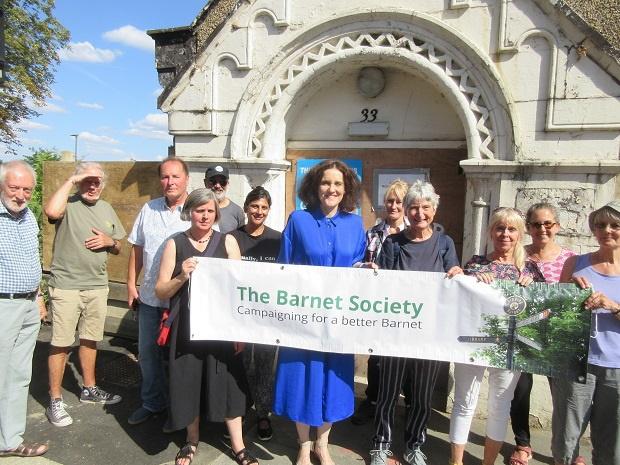
Theresa Villiers MP attended a demonstration outside No 33 in August. She has also written asking the developers for a meeting
We’ve written an open letter to Abbeytown to ask them to consider the scope for a conversion scheme. Theresa Villiers MP has also stepped in. In August she attended a protest outside No.33 and wrote asking for a meeting with the developers. To date, there has been no response to her or our approaches.
Alternative scheme
The Society has argued all along that this striking landmark building with its elegant interiors and rich history should not be demolished but repaired and converted to flats. We, local residents and the property guardians who lived there until last year are convinced that such a well-built house could be repaired. There’s scope for a sympathetic new-build element in the garden among the splendid trees. All agree that another block of flats is not what we want to see.
Simon Kaufman, who is an architect as well as a Committee Member of the Society, generously offered his services – at short notice and pro bono – to sketch a scheme along these lines. His bird’s-eye view is illustrated below.
Find out more about Simon and his work at www.simonkaufmanarchitects.com (contact: design@simonkaufmanarchitects.com)
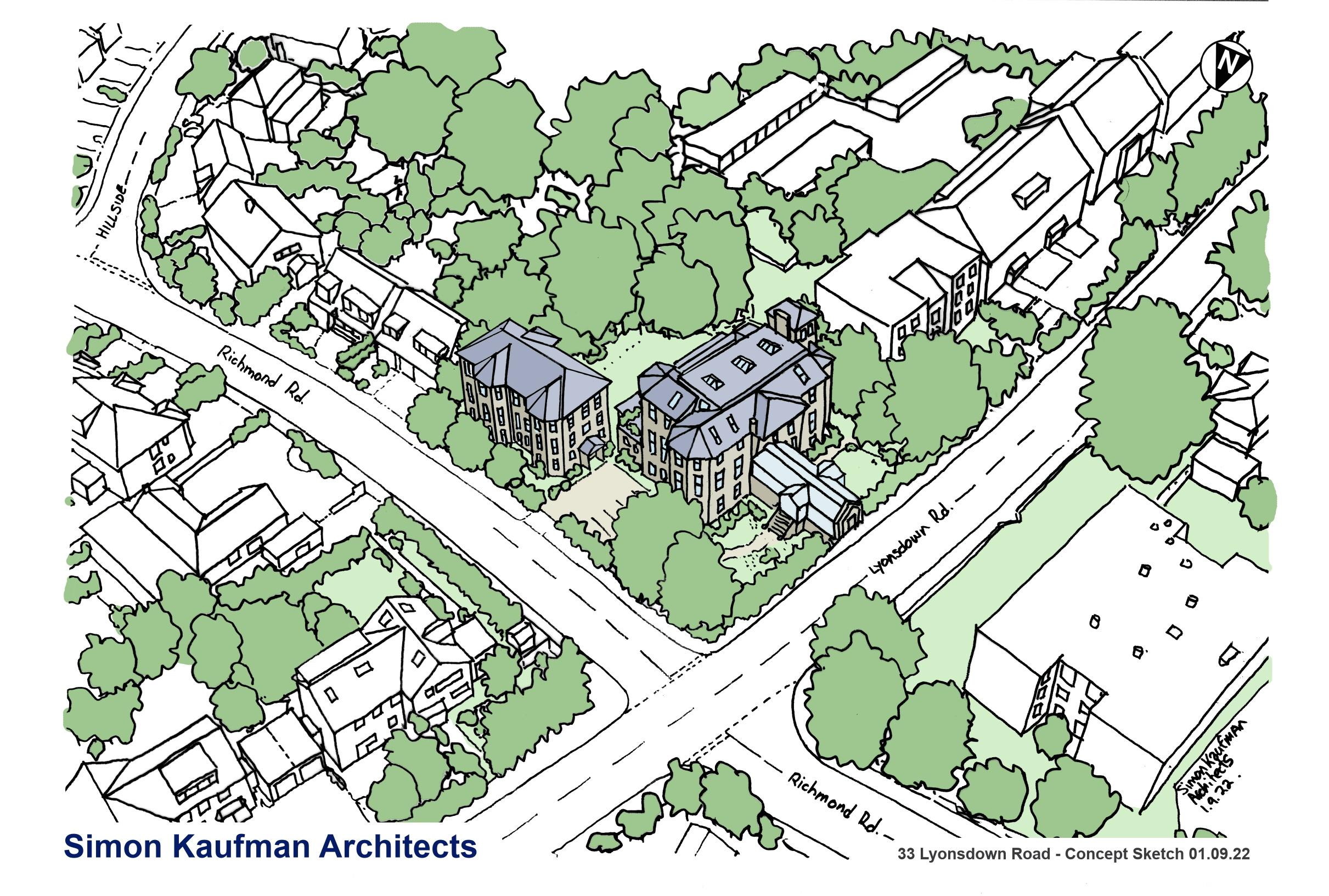
In a 16-page report, Simon analyses the existing building and its potential for conversion, showing that it could accommodate 6 to 8 flats while retaining most of its impressive interiors. He also demonstrates that a further 7 to 9 flats could be built in a new building in the garden – a potential total of 17 flats. That’s almost the same quantity that Abbeytown proposed in their last (unsuccessful) planning application, but with the bonus that the proportion of high-end ‘period’ refurbished flats would fetch a premium.
Simon’s indicative appraisal shows that, when taking into account demolition costs and additional sales value of homes in the historic building, the overall financial margin for his scheme is very similar to – if not better than – the 2020 proposal. Moreover, by setting the new-build to the side of, and behind, the existing building and at a lower height, the quality and character of the original villa would be unimpaired. The new building would be sympathetic to its venerable neighbour in both materials and details.
Although building in the garden would entail the loss of a small number of trees, the damage to the neighbourhood would be substantially less than Abbeytown proposed and far more likely to receive community support.
We sent a copy of Simon’s report to Abbeytown.
The importance of this case
Conserving our architectural and natural heritage is a core Society priority. We’re proud of having nominated many architecturally and historically significant buildings for the Local List. When the demolition of No.33 was approved, we realised the same could happen to many others on the List.
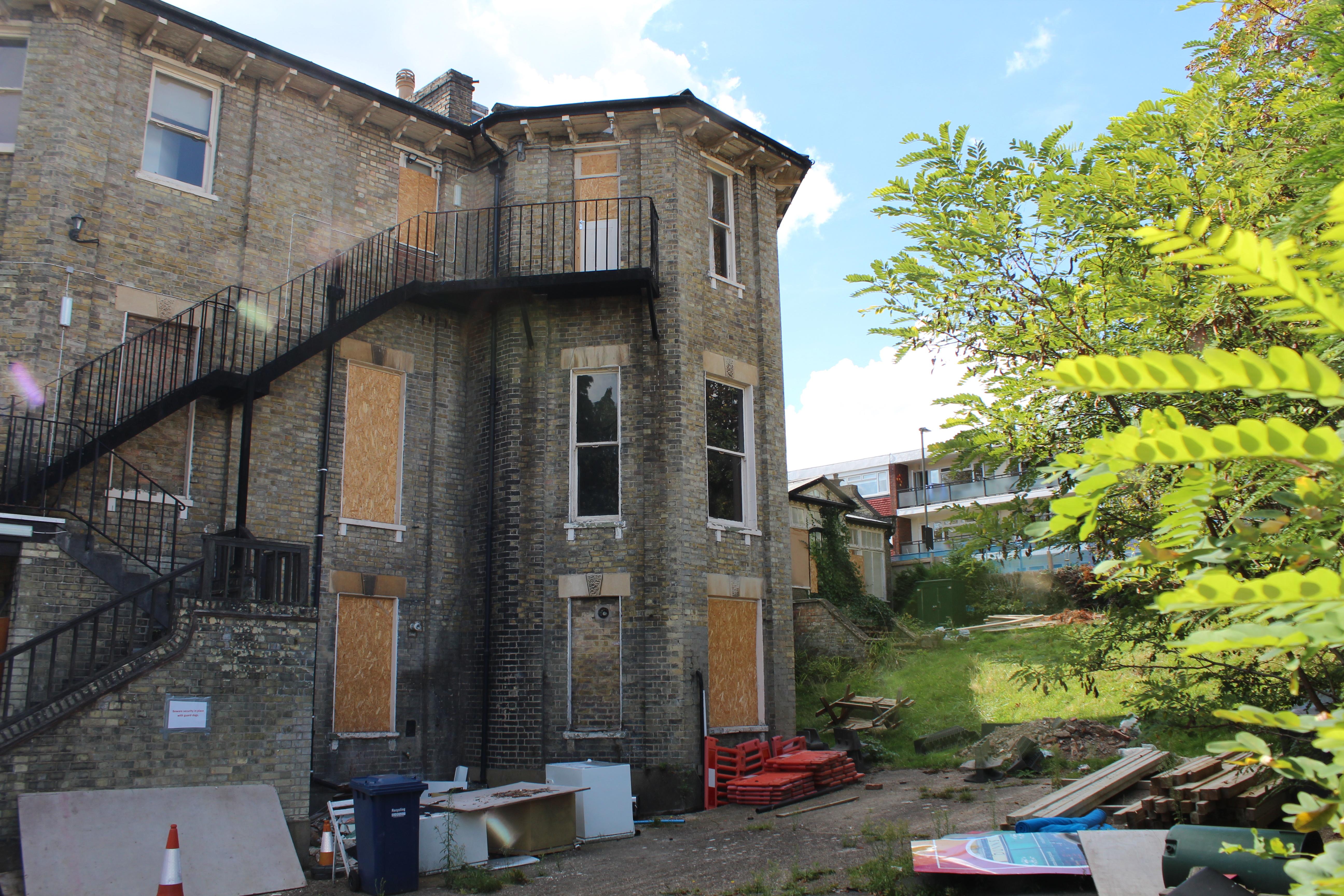
What next?
The Society waits with interest to see Abbeytown’s or Martyn Gerrard’s reaction to our alternative scheme. We stand ready to help take this to the next stage. Planning officers told us they would welcome a pre-application discussion of an alternative scheme.
We are also continuing to press the Council to impose an Article 4 Direction protecting buildings which are on the Local List but outside conservation areas from demolition.


Barnet Environment Centre is celebrating the official opening of its newly installed fully accessible paths around the perimeter of its seven-and-a-half-acre nature reserve off Byng Road.


After lying empty and unused for the last four years, the former site of Barnet Market has been purchased by BYM Capital, the property investment company which owns The Spires, the adjoining shopping centre.


Honey bees in the Barnet locality are among the many beneficiaries of the numerous parks, open spaces and the fields and woods in the Green Belt land that encircles much of the town.
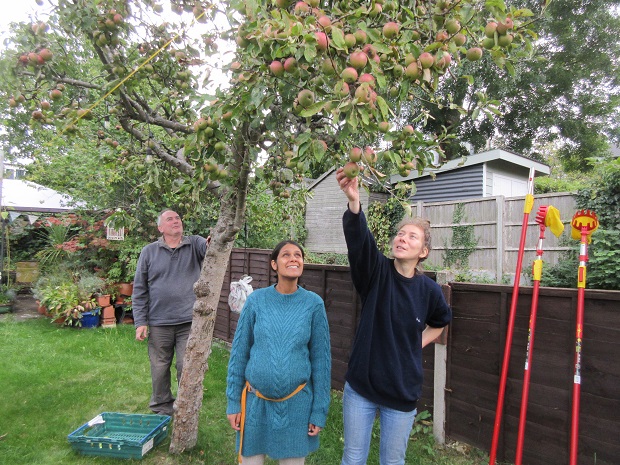

Volunteers picking fruit for foodbanks were delighted on a return visit to the gardens of three houses in Sebright Road, Barnet, to find an extra fine crop of apples — all thanks to the way the trees had been pruned earlier in the year.
Continue reading Apple tree pruning in Sebright Road produces bumper crop for Barnet food banks
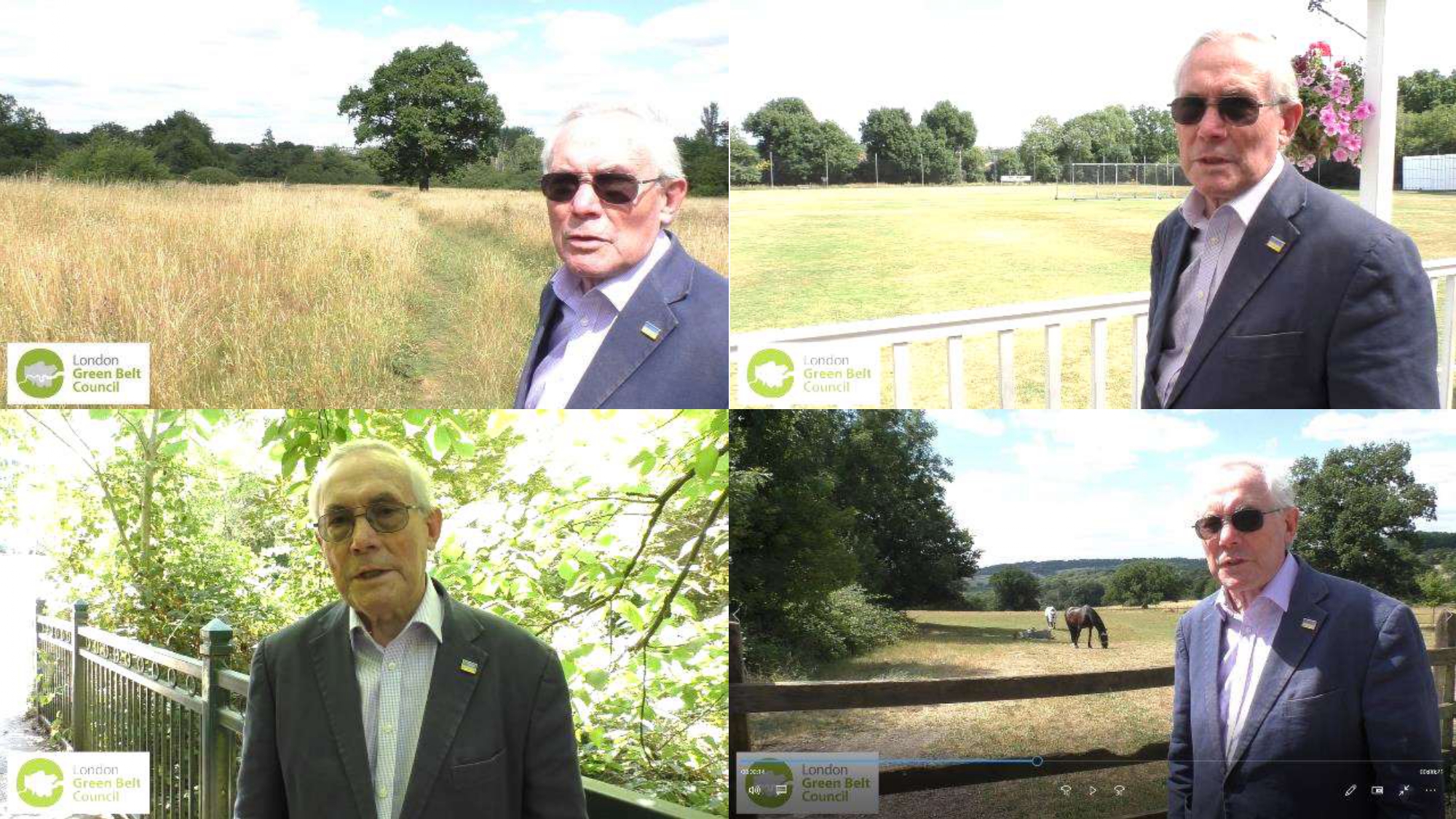

These are critical times for London’s Green Belt. But Barnet still has many open spaces where the illusion of countryside is remarkably unspoiled. Eight of them – all in Totteridge or Mill Hill – are on new videos that you can view on the website of the London Green Belt Council (LGBC).
That they survive at all is partly thanks to the Barnet Society’s efforts over eight decades. In 1945 it was founded to save the fields around Chipping Barnet from being built over for 40,000 houses. We’re longstanding members of the LGBC, which helps us fight inappropriate developments in the Green Belt – often (though not always) successfully.
In these crucial days when Liz Truss and her new cabinet have yet to confirm their policies towards the Green Belt and house-building targets, the LGBC needs to get its messages across more effectively. It has around 100 member organisations, but needs more members and a higher profile.
The videos are intended to raise the awareness of the public and government and recruit new supporters. In them, LGBC Chair Richard Knox-Johnston explains why retaining the Metropolitan Green Belt is so vital now for the health of both the environment and each of us. He speaks with enthusiasm and authority reminiscent of Richard Attenborough.
In Richard’s introductory clip, he says that his passion for the subject was ignited half a century ago when, as a young Bromley councillor, he represented a ward that was largely Green Belt. In the subsequent clips, he identifies key reasons for its protection:
He concludes by demolishing the fallacy that new housing in the Green Belt is affordable.
Richard’s messages are especially urgent today, when local councils in London and the Home Counties are currently planning to allow building on more than 48,000 acres of the Green Belt, according to a major new report by the London Green Belt Council (LGBC). ‘Safe Under Us’?. That’s huge: the equivalent of the combined area of the London Boroughs of Barnet, Camden and Enfield – or 60 Hampstead Heaths. You can read about the threat here.
The Green Belt is not referred to in the government’s Levelling-up and Regeneration Bill (LURB), which is working its way through Parliament. Although it’s theoretically protected by national and local government policies, ‘Safe Under Us’? shows how ineffective they are. There are also frustrating inconsistencies between government and council policies and decisions made by the Planning Inspectorate about new developments. The LURB is our best hope of bringing coherence to the planning system and reinforcing protection of the Green Belt – but it has worrying flaws and omissions that the Society, LGBC and our MP Theresa Villiers are lobbying to remove.
Enjoy the view video clips of Barnet’s eight lovely Green Belt locations without leaving your home – but even better, make the effort (if you are able) to walk them yourself!
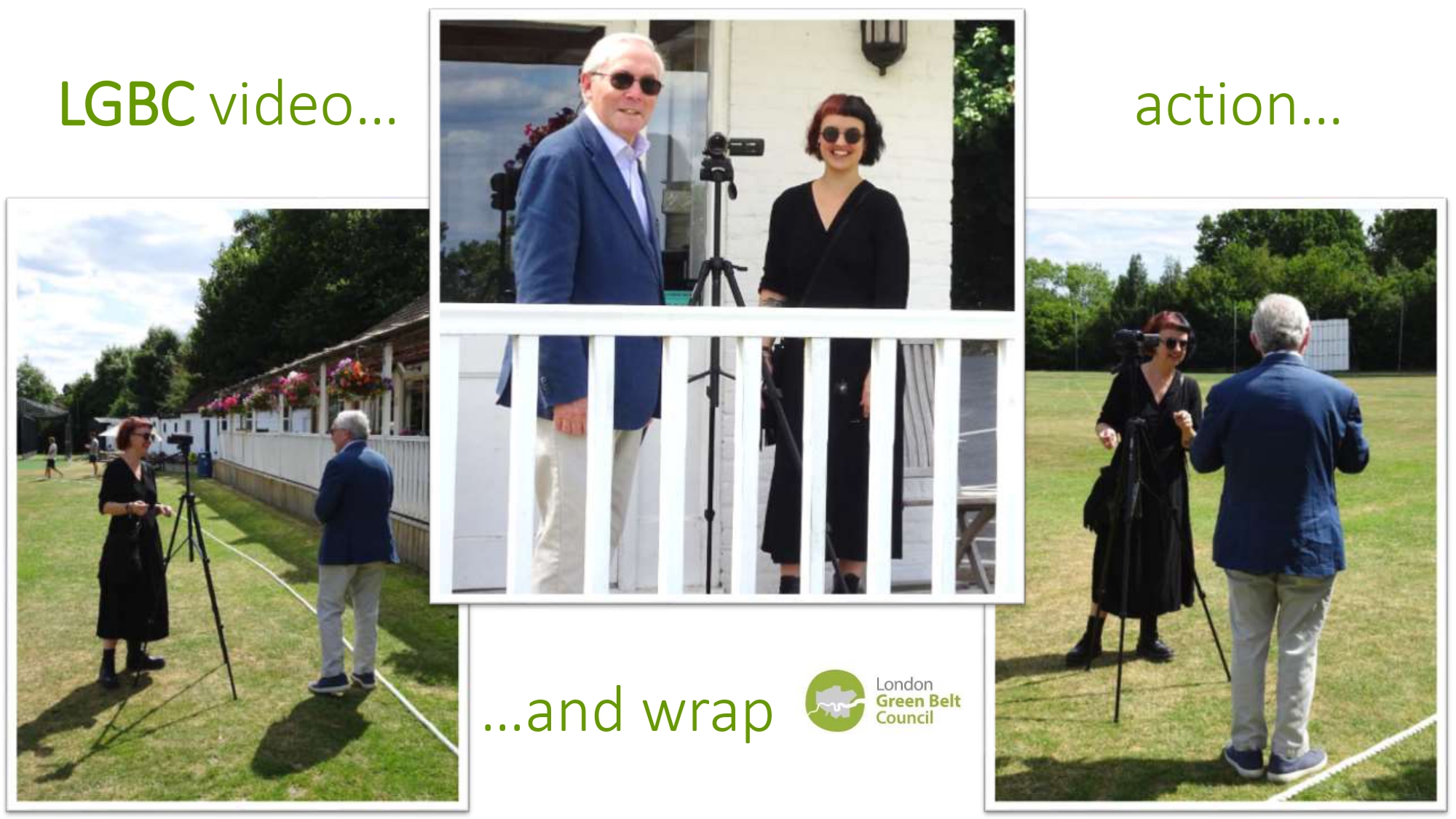
The filming went like a midsummer dream. On a perfect day (before the worst of last summer’s heatwave) I drove our small crew around the locations. Richard spoke unscripted and needed very few retakes. The videos were shot, recorded and edited most professionally by Jayd Kent of Simply Graphics.
And we found time for a nice lunch at Finchley Nurseries – in Barnet’s Green Belt, naturally.
Michele Haniotis posted a comment on Protecting green spaces – how serious are our politicians?
Paul posted a comment on Protecting green spaces – how serious are our politicians?
Glynn Francis posted a comment on Free book shop has returned to The Spires – and Barnet residents are again being asked to donate surplus books or bookshelves
Tracy Meyrick posted a comment on Protecting green spaces – how serious are our politicians?